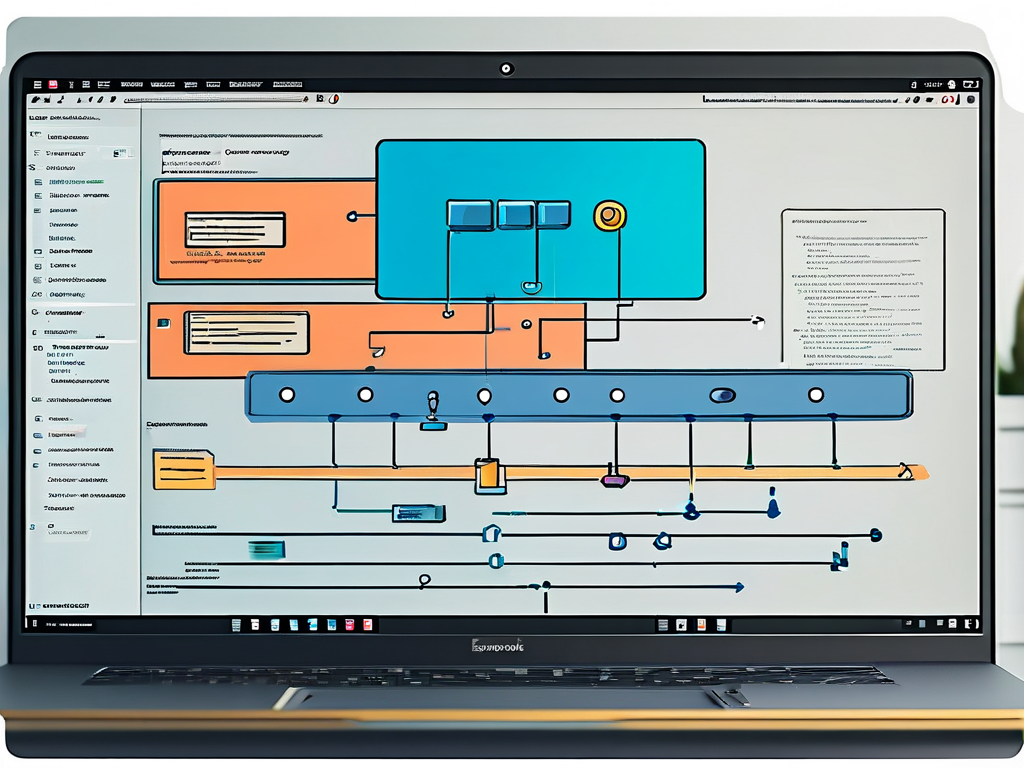In modern software development cycles, automated deployment has become a critical bridge connecting code development with production environments. This technical approach eliminates manual intervention in repetitive tasks through predefined workflows, significantly improving release efficiency while reducing human error risks. Let's explore its implementation mechanisms through practical perspectives.

Core Components
At its foundation, automated deployment relies on three pillars: version control systems, continuous integration servers, and infrastructure-as-code tools. Git repositories (like GitHub or GitLab) store versioned application code and configuration files. Continuous Integration (CI) platforms such as Jenkins or CircleCI monitor these repositories, triggering build processes when changes occur. Infrastructure management tools like Ansible or Terraform then execute environment provisioning and application deployment.
Implementation Workflow
-
Trigger Mechanism:
Developers push code changes to designated branches, activating webhook notifications. For instance:git push origin main
This command initiates the automated pipeline through repository integration.
-
Environment Provisioning:
Cloud-native solutions leverage Kubernetes manifests for container orchestration:apiVersion: apps/v1 kind: Deployment metadata: name: web-app spec: replicas: 3 template: spec: containers: - name: nginx image: nginx:1.21 -
Validation Gates:
Automated testing frameworks execute validation sequences:
- Unit tests verify individual components
- Integration tests check module interactions
- Security scanners perform vulnerability audits
Toolchain Configuration
A typical technology stack might include:
- Jenkins for pipeline orchestration
- Docker for containerization
- AWS CodeDeploy for cloud resource management
- Prometheus for deployment monitoring
Sample Jenkins pipeline script:
pipeline {
agent any
stages {
stage('Build') {
steps {
sh 'mvn clean package'
}
}
stage('Test') {
steps {
sh 'mvn test'
}
}
stage('Deploy') {
steps {
sh 'kubectl apply -f k8s/'
}
}
}
}
Operational Patterns
Two primary deployment strategies dominate practice:
- Blue-Green Deployment: Maintains duplicate production environments, enabling instant rollback by switching traffic between identical setups.
- Canary Release: Gradually exposes new versions to subsets of users, monitoring performance metrics before full rollout.
Security Considerations
Automated processes require stringent access controls:
- Implement RBAC (Role-Based Access Control) for deployment tools
- Encrypt sensitive data using Vault or AWS Secrets Manager
- Audit trail logging for all deployment activities
Performance Optimization
Mature implementations employ:
- Parallel task execution across multiple build agents
- Dependency caching mechanisms
- Intelligent failure recovery systems
Real-World Application
A financial service provider reduced deployment failures by 68% after implementing automated deployment, achieving:
- 15-minute production releases (down from 4 hours)
- 99.98% deployment success rate
- 40% reduction in operational costs
Challenges and Solutions
Common implementation hurdles include:
- Environment Consistency: Solved through containerization
- Legacy System Integration: Addressed via custom scripting
- Cultural Resistance: Overcome through phased training programs
As DevOps practices evolve, automated deployment continues integrating with emerging technologies like AIOps. Machine learning algorithms now predict deployment outcomes and automatically optimize pipeline configurations, representing the next frontier in deployment automation.









